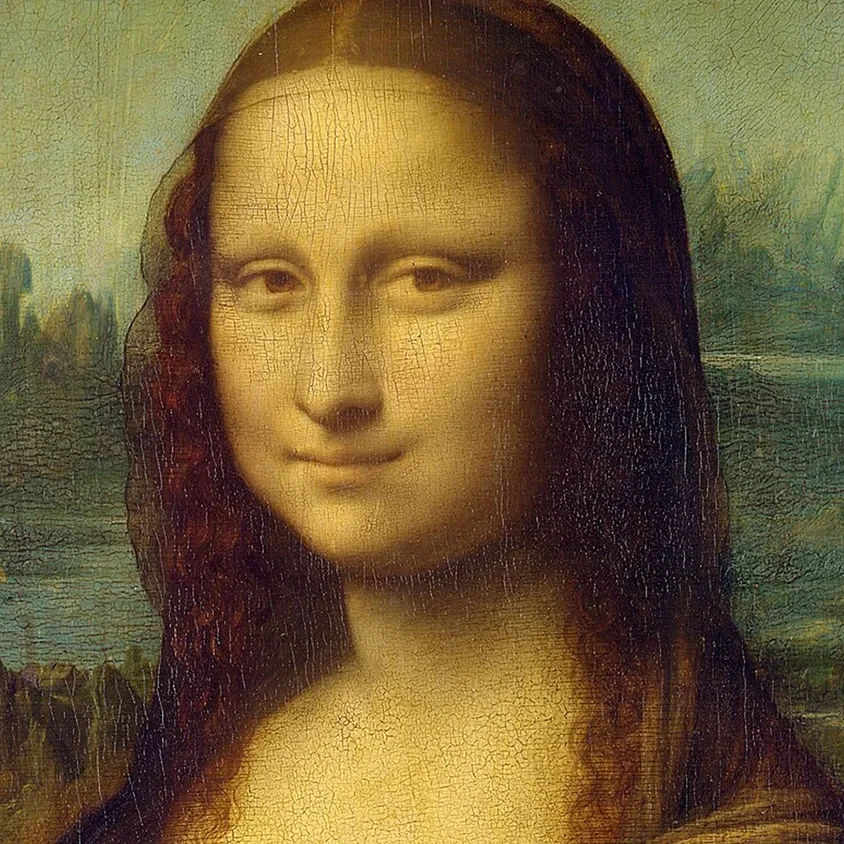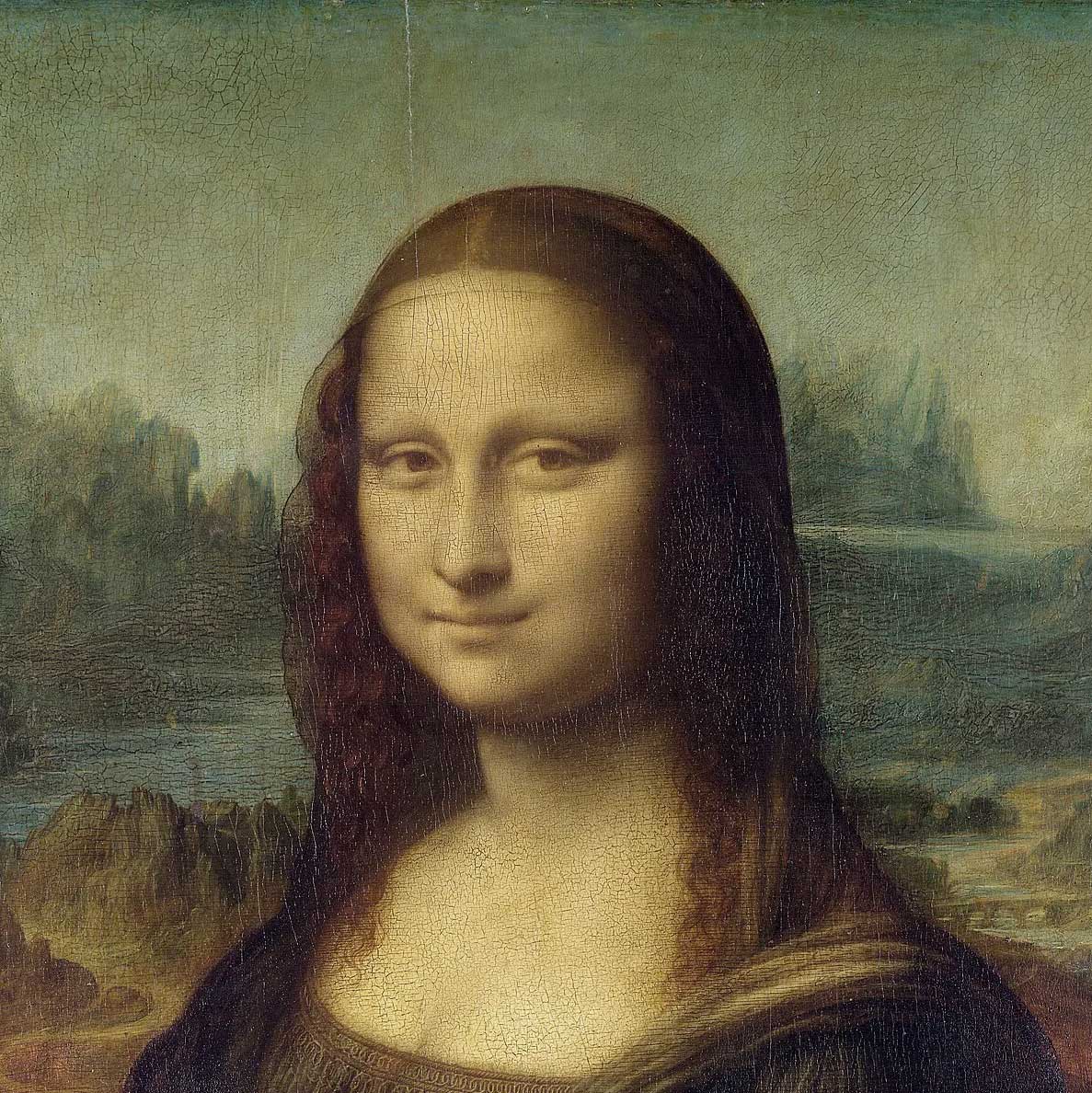The Mona Lisa, a famous painting by Leonardo da Vinci, has captivated audiences for centuries. Its enigmatic smile and the skillful technique used by the artist have contributed to its enduring fame. In this article, we will explore the history, features, theft, influence, value, and protection of the Mona Lisa, shedding light on the many facets of this iconic artwork.
The Mona Lisa, also known as La Gioconda, is a portrait painted by Leonardo da Vinci in oil on wood. It is currently owned by the Government of France and is displayed in the Louvre Museum in Paris. The painting’s enigmatic expression and soft shading have made it one of the most recognized and celebrated works of art in the world.
The History of the Mona Lisa
The Mona Lisa has a rich and fascinating history. Leonardo da Vinci began working on the portrait in 1503 and continued to refine it until his death in 1519. The identity of the sitter has been a subject of debate among art historians, with some suggesting that it is Lisa Gherardini, a woman from Florence. The painting remained in Leonardo’s possession until his death when it was acquired by King Francis I of France. Since then, it has been displayed in various locations, including the palaces of Francois I, Louis XIV, and Napoleon.
Intriguing Features of the Mona Lisa
One of the most captivating features of the Mona Lisa is her smile. Leonardo depicted a serene and subtle smile, representing happiness, which is the central motif of the portrait. The smile has been the subject of much speculation and interpretation, with scholars offering different theories about its meaning. Some believe that the smile is a reflection of the sitter’s inner thoughts or emotions, while others suggest that it is simply a product of Leonardo’s artistic skill.

Leonardo employed various artistic techniques in the creation of the Mona Lisa. One notable technique is aerial perspective, which involves the use of color and shading to create the illusion of depth and distance. This technique can be seen in the background of the painting, where the landscape gradually becomes less defined as it recedes into the distance. Another technique used by Leonardo is the sfumato, a method of blending colors and tones to create soft transitions and subtle gradations. This technique is particularly evident in the rendering of the sitter’s skin, giving it a lifelike and ethereal quality.
The Mona Lisa represents an ideal rather than a real woman, reflecting the connection between humanity and nature. Leonardo used the portrait as a means of exploring the balance between the physical and the spiritual, capturing the essence of the sitter’s inner beauty. The Mona Lisa’s timeless appeal lies in its ability to evoke a sense of mystery and intrigue, inviting viewers to contemplate the deeper meaning behind the enigmatic smile.
Why is the Mona Lisa So Famous?
The Mona Lisa’s fame reached new heights in 1911 when it was stolen from the Louvre Museum. This audacious theft brought international attention to the painting. The thief, an Italian handyman named Vincenzo Peruggia, managed to conceal the painting under his clothes and walked out of the museum with it. The theft caused a sensation and led to a massive manhunt for the missing artwork. Interestingly, the renowned artist Pablo Picasso was briefly suspected of involvement in the theft, adding an intriguing twist to the story. The painting was eventually recovered in 1913 when Peruggia attempted to sell it to an art dealer in Florence. Following the theft, the painting underwent increased security measures, including the installation of bulletproof glass to protect it from further incidents.
Mona Lisa’s Influence on Other Artists
The image of the Mona Lisa has had a profound impact on the art world and has been a source of inspiration for numerous artists. One notable example is the artist Marcel Duchamp, who famously created a parody artwork titled “L.H.O.O.Q,” adding a mustache and goatee to a reproduction of the Mona Lisa. Duchamp’s work challenged the traditional notions of art and questioned the authority of iconic masterpieces.
Another artist, Andy Warhol, incorporated the iconic image of the Mona Lisa into some of his pop art works, further solidifying its status as a cultural icon. Warhol’s vibrant and repetitive interpretations of the Mona Lisa reflected his fascination with celebrity culture and mass production. By reimagining the painting in his unique style, Warhol brought the Mona Lisa into the realm of popular culture, reaching a wider audience and cementing its place in the collective imagination.

In the contemporary art scene, Alex Righetto‘s “Mona Lisa’s Daughter” stands as a testament to the evolving interpretations of iconic artworks. Drawing inspiration from the timeless allure of the Mona Lisa, Righetto presents a poignant juxtaposition of permanence and transience. The painting’s intricate balance between well-defined sections and intentionally unrefined gray areas mirrors the ancient Chinese philosophy of opposing yet interconnected forces in life. While the Mona Lisa’s enigmatic smile may be eternal, her daughter’s existence is fleeting, a powerful reminder of life’s impermanence.
Such profound symbolism hasn’t gone unnoticed. “Mona Lisa’s Daughter” has garnered international acclaim, gracing renowned magazines and even illuminating the bustling streets of Times Square on two prominent billboards. Through Righetto’s lens, the legacy of the Mona Lisa is both celebrated and reimagined, bridging the gap between classical reverence and modern introspection.
The Mona Lisa’s Value and Protection
The Mona Lisa is considered one of the most valuable paintings in the world.In 1962, it was valued at $100 million, equivalent to at least $870 million today. The painting’s immense value is not only due to its artistic significance but also its historical and cultural importance. To ensure its safety from vandalism and theft, the painting is displayed in a climate-controlled case made of bulletproof glass. This protective measure allows visitors to admire and appreciate the painting while keeping it safeguarded.
In addition to physical protection, the Mona Lisa is also protected through copyright laws. The copyright to the painting is owned by the French government, which restricts the reproduction and distribution of high-quality images of the artwork. This measure helps to preserve the integrity and exclusivity of the painting, ensuring that it remains a unique and valuable cultural artifact.
Recent Discoveries about the Mona Lisa
In recent years, scientific studies have shed new light on the Mona Lisa. Researchers have used various techniques, such as infrared reflectography and multispectral imaging, to uncover hidden details and insights about the painting. These studies have revealed that Leonardo da Vinci made significant changes to the composition of the artwork during its creation. For example, infrared reflectography has revealed that Leonardo originally painted the Mona Lisa with a larger format, including a larger background and additional elements. Through these discoveries, researchers have gained a deeper understanding of Leonardo’s creative process and the evolution of the Mona Lisa.
One of the most intriguing recent discoveries about the Mona Lisa is the presence of rare mineral compounds within the painting. Researchers have identified the presence of plumbonacrite, a rare lead-based mineral, in the paint layers of the Mona Lisa. This finding suggests that Leonardo da Vinci was more experimental with the Mona Lisa than previously thought, using unconventional materials and techniques in its creation. The presence of plumbonacrite in the painting also indicates that Leonardo may have been the precursor of a technique later used by artists like Rembrandt. These discoveries highlight Leonardo’s innovative approach to art and continue to spark interest in the hidden details of the Mona Lisa.




